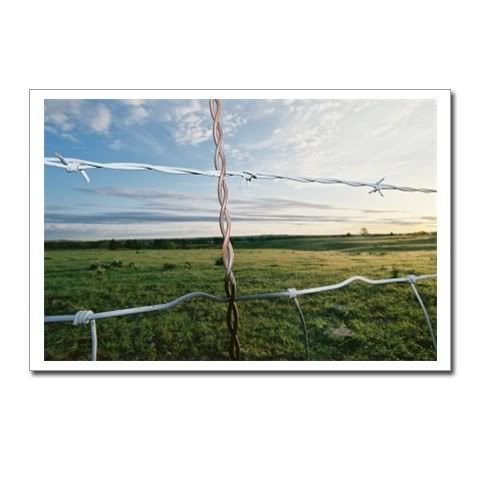
"During his recent visit to Ghajar, Foreign Minister Lieberman said that a wall should be built between the two sections of the village, located respectively in Israeli and Lebanese territory. He added that concern for security is the leading consideration in such a move. Before examining the advantages of such a measure, it would be wise to understand how Israel arrived at a situation in which people who consider themselves Syrian, yet carry Israeli identification cards, may be forced to live in Lebanon.
The background to this bizarre situation lies in five events. In 1967, Israel conquered the Golan Heights during the Six Day War, and many of the area's Syrian residents fled. Among those who did not flee were the residents of four Druze villages and the Alawi residents of Ghajar, a village located in the Hatzbani Valley but nonetheless politically a part of the Golan Heights, i.e. Syria.
In 1974, as part of the Separation of Forces Agreement between Israel and Syria, a UN force (UNDOF) stationed on the Golan Heights was sent to oversee the agreement. A map delineating the Golan Heights was attached to UNDOF's mandate. On this map, Ghajar was included in the Golan Heights.
In 1978, after Operation Litani the State of Israel allowed the villagers to expand Ghajar northwards and build homes in Lebanese territory. The northward expansion of the village created a situation in which the southern, original part of the village was in the Golan Heights, but the northern part, which was steadily expanding, was in Lebanese territory.
In 1981, Israel annexed the Golan Heights. All of the residents of Ghajar received Israeli identification cards. The Israeli map, updated and attached to the Law of the Golan Heights, also includes the northern (Lebanese) part of the village.
In 2000, Israel unilaterally withdrew from Lebanon. Together with the UN, it was agreed that the withdrawal from Lebanon would be based on the 1974 map that was attached to UNDOF's mandate. It was agreed that by taking up positions along the line indicated on this map of the Golan Heights (as far as the Lebanese-Syrian border is concerned), the Israeli army completed its withdrawal from Lebanon. While this line left Sha'ba Farms (Mount Dov) on the Israeli side, it also cut Ghajar into two. In other words, the UN did not recognize that "the Israeli settlement" in Lebanon - i.e., the northern part of Ghajar - justified the annexation of this area to the Golan Heights at the expense of Lebanon.
This arrangement, whereby all the residents of the village would remain Israeli citizens and under Israeli control even though some of them live in Lebanese territory, was accepted and recognized by the Israeli government. A promise that the status quo of the village and the residents would be preserved was given both to the UN and to the villagers themselves. This reality, odd as it may seem, is for now the least problematic. Constructing a wall that would divide the village may improve the tactical military response but would inevitably result in the following:
- The villagers would likely appeal to Israel's Supreme Court and claim that splitting the village is not only unacceptable on humanitarian grounds, but also contravenes the Law on the Golan Heights of 1981.
- While Israel is entitled to concede the northern part of the village, it entails a change in the Law on the Golan Heights; such a change would require a supermajority of 61 Knesset members. The political wisdom of adding this to the Knesset's agenda is questionable.
- Conceding the northern part of the village would require passing an evacuation-compensation law for residents of the northern part, constructing alternative housing, and so on.
- Israel would consciously be breaching written promises made both to the villagers and the UN.
- Syria would create an uproar about this flagrant violation of humanitarian norms inherent in forcibly dividing families who are - according to Syria's position - Syrian citizens (the villagers are Alawis, members of the same sect as Syria's president) and would claim that this action is further proof for the need to restore the Golan Heights in their entirety to Syria.
- Any work by Israeli tractors along the Blue Line is liable to be interpreted by Hizbollah as an unacceptable violation of the status quo.
In 2000 Israel agreed to the conditions laid down by the UN. Moreover, Israel is the party that offered to withdraw to the line determined in 1974, as this line leaves Mount Dov in its hands. The Ghajar-related security constraints that would emerge were already known back then, and the estimation at the time was that these would be surmountable. In the interim, nothing essential has changed that would require a modification of that decision."
No comments:
Post a Comment